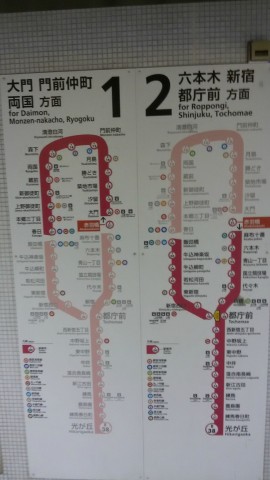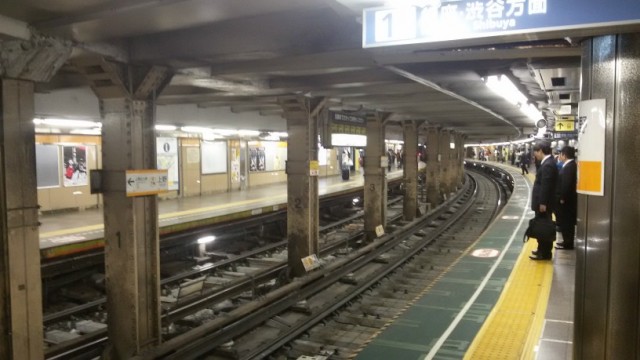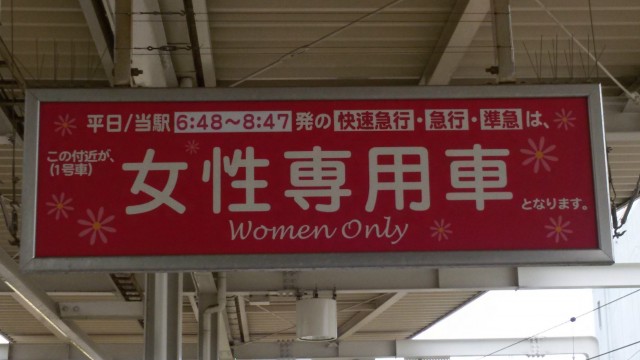Riding trains in Tokyo is by far the easiest way to get to anywhere you want to go in the city as they are incredibly convenient. Now, when you think of Tokyo trains, what kind of things come to mind? A seemingly infinite network of trains spanning across multiple prefectures? Claustrophobia-inducing crowds during rush hour? Super fast and clean trains? If any of these came to mind straightaway, you wouldn’t be wrong! As a student coming here, this is a topic that I suggest you mentally prepare yourself for beforehand. I must say that if you’re from a big a city like me and already accustomed to life in a metropolis, adjusting to Tokyo trains is a piece of cake. However, for those of you who have limited to no experience with city trains, dealing with trains here may be a bit of a shocking and hectic experience (that can be overcome nonetheless). Based upon my experiences thus far, I will do my best to explain the transportation here in simple terms.
First off, there are 158 train lines serving the greater Tokyo area. Overall, I’d say that you’ll probably only be using a small handful on a regular basis (depending on how much of the city you want to see and how often you go). Luckily your commute to and from school won’t be very complicated. For homestay students, you’re generally not situated far from school. Just a quick train ride anywhere from 2-5 stops, then you arrive at Fuchinobe Station where you take the free shuttle to Obirin campus. If you’re lucky like me, you could get placed 15 walking minutes from campus 😉
As for getting around Tokyo on the trains, it may seem overwhelming at first, but there are maps posted at every station with information in both Japanese and English. If you can read a map, it really isn’t as complex as it seems (trust me, it’ll all make sense when you get here). However, in this grand age of godlike technology, I can’t neglect to mention that there are some free apps available to help you navigate the trains. Most of my Japanese friends here use the NAVITIME for Japan Travel app. Even the most directionally-challenged folks will be just fine with using this app. Tokyo train stations are quite large and have a multitude of exits and transfer points and certain stops. There are also signs everywhere in stations that can easily direct you to the proper exit or transfer point, but sometimes contending with crowds whilst finding your way out can make the process a little daunting.
I’ve found that transportation here is a bit more expensive than what I’m used to back in America and requires stricter budgeting, because travelling long distances in the city can stack up in no time. For instance, me going to and from Yokohama to hang out (from Fuchinobe Station to Sakuragicho Station to be exact) cost 550 Yen each way, amounting to 1020 Yen (roughly $8.50 as of May 2015) both ways. The cost of your trip will be determined by the distance you travel each time. The further away you travel from your start starting point, the more you will have to pay. At every train station, above the ticket dispensers, is a map of train lines and alongside each stop is the price you have to pay to travel to each individual stop.
This brings me to my next topic: paying for the transportation! When I first arrived, I paid for train tickets using cash. Tickets can be purchased at the ticket machines that are usually located near the gates. These ticket machines may seem a little intimidating, but the interface can be switched to English with the push of a button, which can ease the situation a bit. In order to figure out how much money to put in the machine, simply locate your destination and price on the overhead map, and then insert your money. The machine will dispense your ticket along with change. From there you insert your ticket into the entry gate, the gate spits it out on the other end, then you take the ticket. Please be sure to hold on to the ticket as you’ll need it to properly exit the gate at your destination stop. Aside from paper tickets that need to be purchased for every single ride, you have the choice of getting either a Pasmo or Suica card. I think Suica would be your best bet because they are valid on all lines and buses at all times. Suica cards can be purchased at any train station and recharged at the aforementioned ticket machines in increments of 1000, 5000, and 10000 Yen. In order to pass through the entry and exit gates, you scan the card over the card reader, which allows you to pass and displays your balance on a small screen. The Suica card is not only used for the trains and buses, but you can also use it at station vending machines and some casual dining restaurants!
In my experiences thus far, the train stations are always clean, orderly and safe. On train platforms people line up at designated spots that align perfectly with the train doors when the train arrives. The oh-so-well-known Women Only cars are available during weekdays only at designated times that vary from line to line. As for crowded trains…it’s not like that all the time, I would say it’s like that in the evenings and on Saturdays.
Just a small note on buses, they too are incredibly convenient, but just like trains, the further you travel the higher your fare. Each stop is announced well in advance as well as being displayed on a monitor at the front of the bus. Instead of pulling a string, you press a stop button, letting the driver know to let you off at the upcoming stop. One thing I have noticed is that buses will charge double the fare after a certain time. For instance, a trip from Machida Station to my house usually cost 248 Yen, I was charged nearly 500 Yen when it was close to midnight. I am not complaining, though. After all, I got home without incident.







